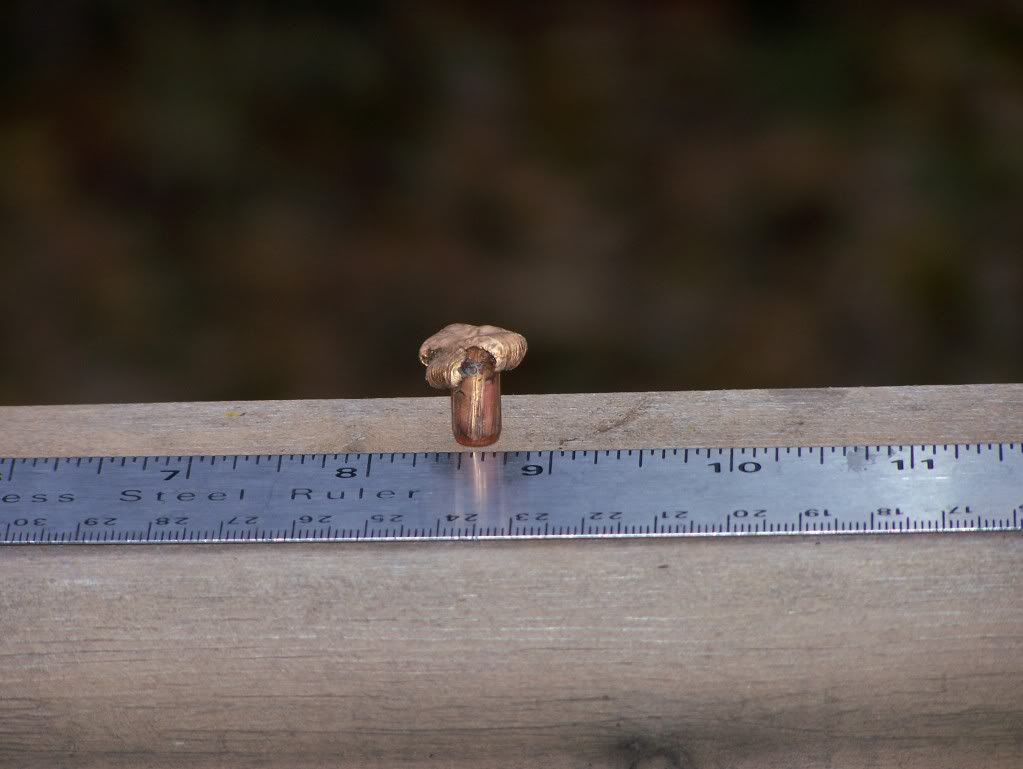I often see forum members recommending the e-tip, GMX, TSX and other non-lead bullets. I had assumed that hunters used them where they were legally required to. But, now I think my assumption was incorrect. It appears that they are often used even where not required.
I had always thought that copper jacketed lead (or lead alloy) bullets made the best projectiles due to their density and ability to expand and therefore I looked down my nose at the copper/copper alloy bullets. I must be wrong in my thinking. My hunting experiences have mostly been with deer sized game. When I went on my elk hunts, it was before the development of non-lead bullets. We used the Nosler Partition bullets to ensure bullet integrity and penetration.
Please help educate me. What makes non-lead bullets desireable to use? Why do people use them if they don't have to? Should I be developing non-lead loads for my 270 Win?
Dan
I had always thought that copper jacketed lead (or lead alloy) bullets made the best projectiles due to their density and ability to expand and therefore I looked down my nose at the copper/copper alloy bullets. I must be wrong in my thinking. My hunting experiences have mostly been with deer sized game. When I went on my elk hunts, it was before the development of non-lead bullets. We used the Nosler Partition bullets to ensure bullet integrity and penetration.
Please help educate me. What makes non-lead bullets desireable to use? Why do people use them if they don't have to? Should I be developing non-lead loads for my 270 Win?
Dan





